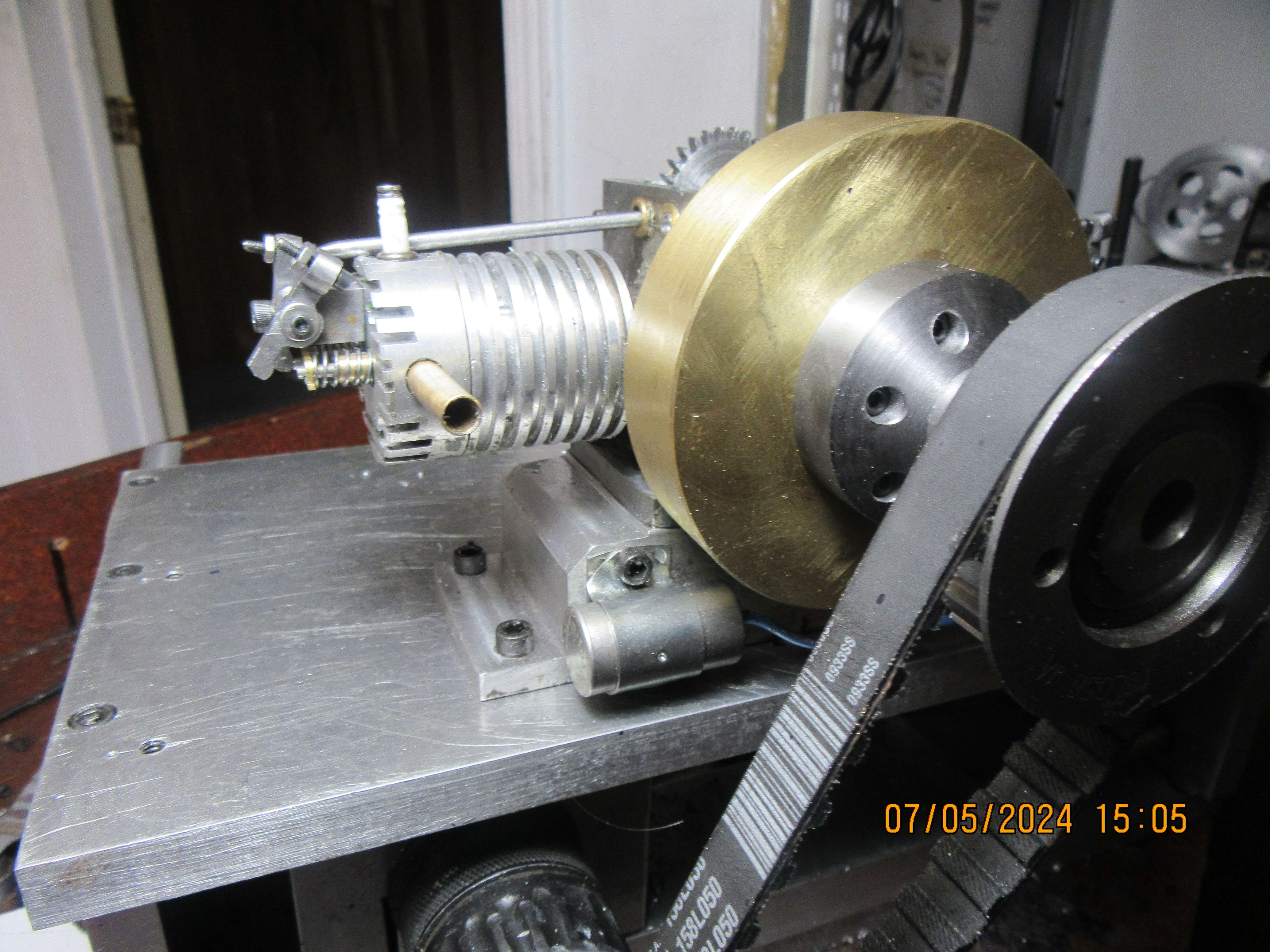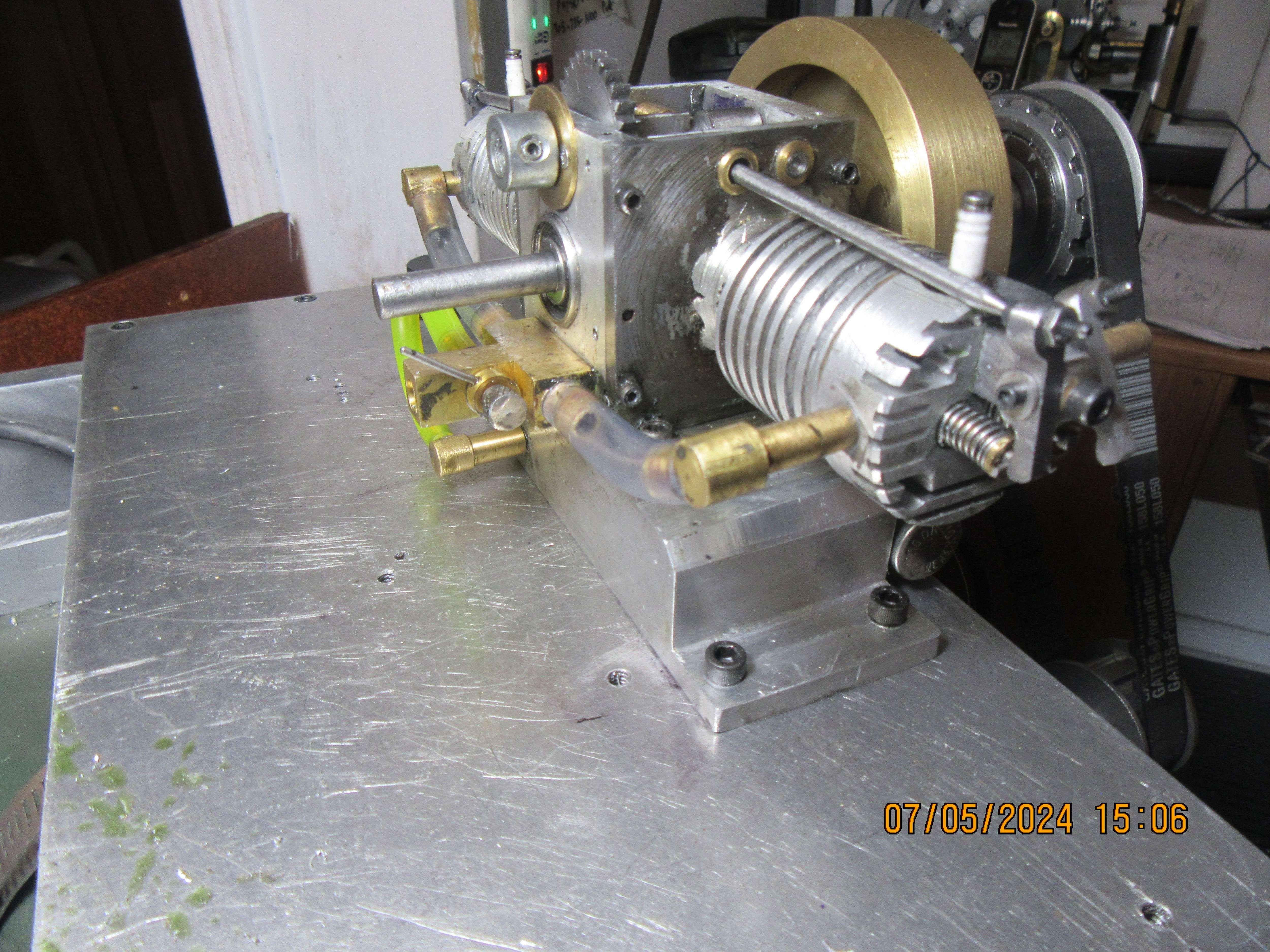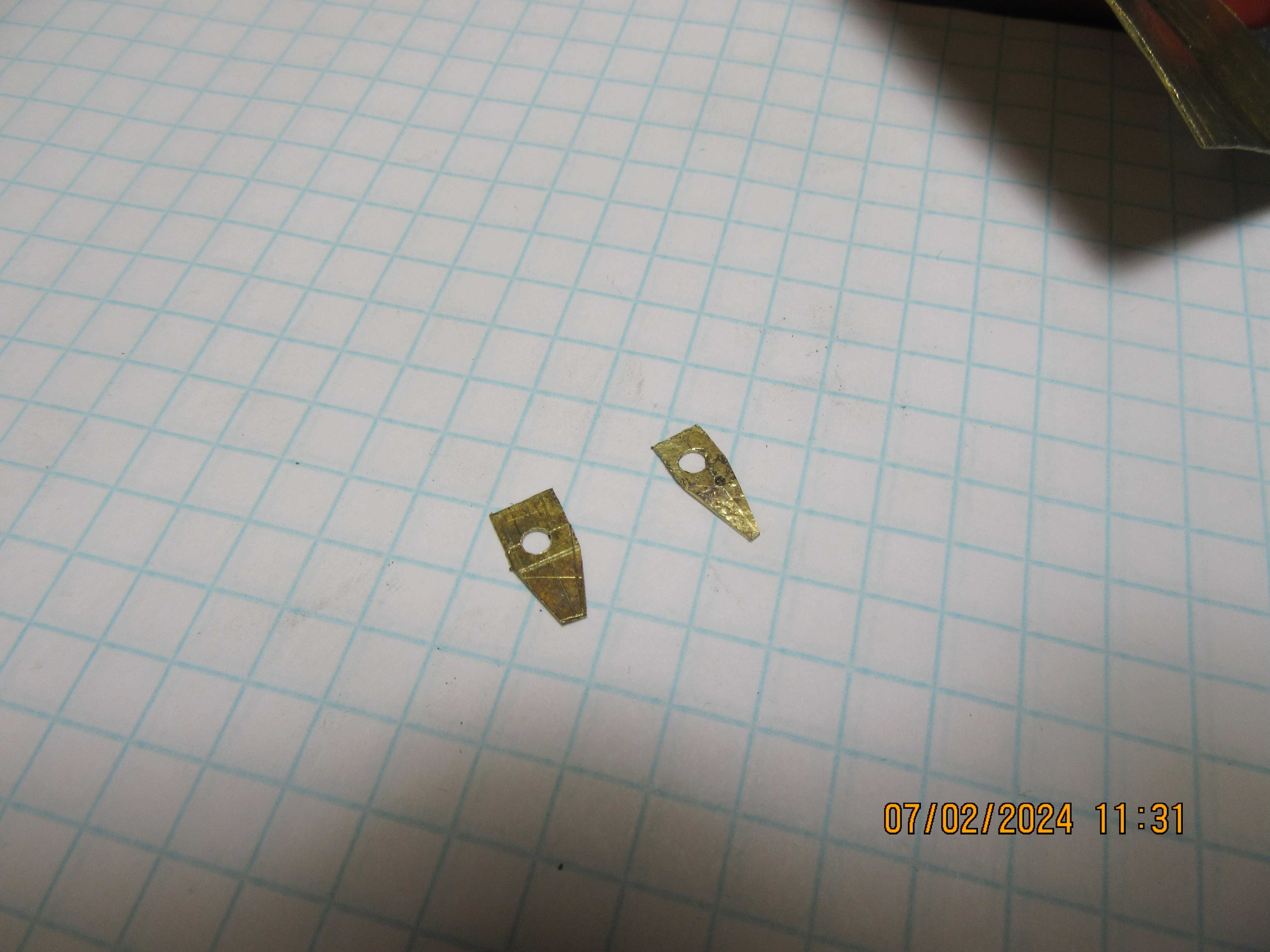Simply - because : where one cam operates the exhaust valve on both cylinders and the other cam operates the intake valve on both cylinders."I'm having a hard time getting my head around this.---
You just think of it as the engine on one side and when you align the lobe for that engine it will be exactly aligned with the other engine on the opposite side.












































































